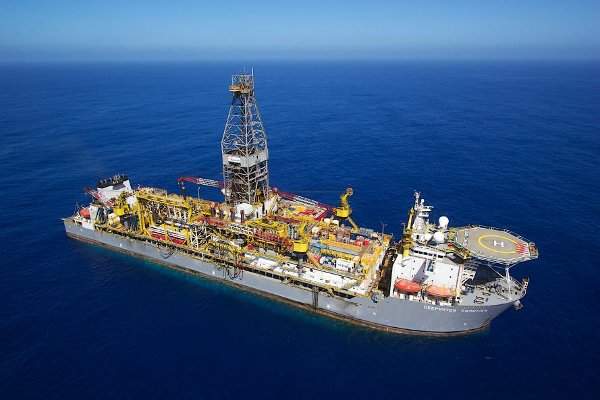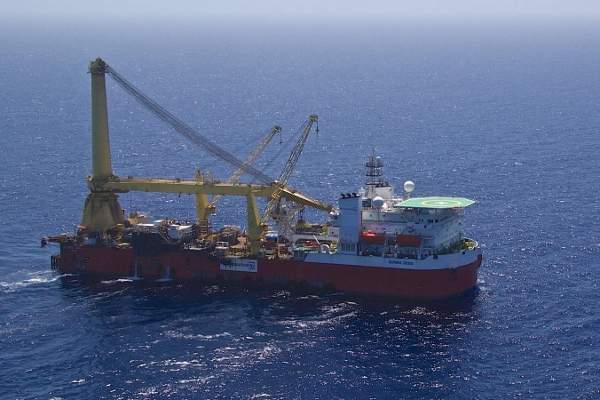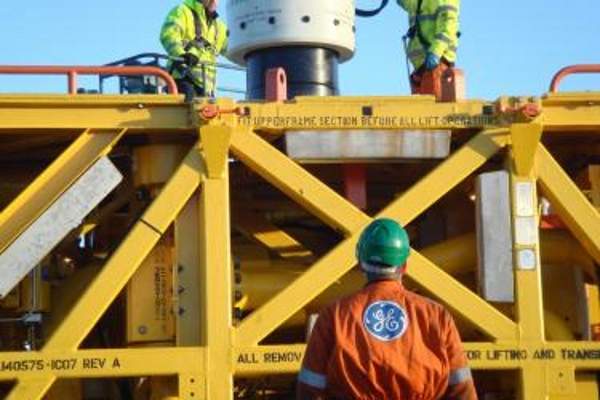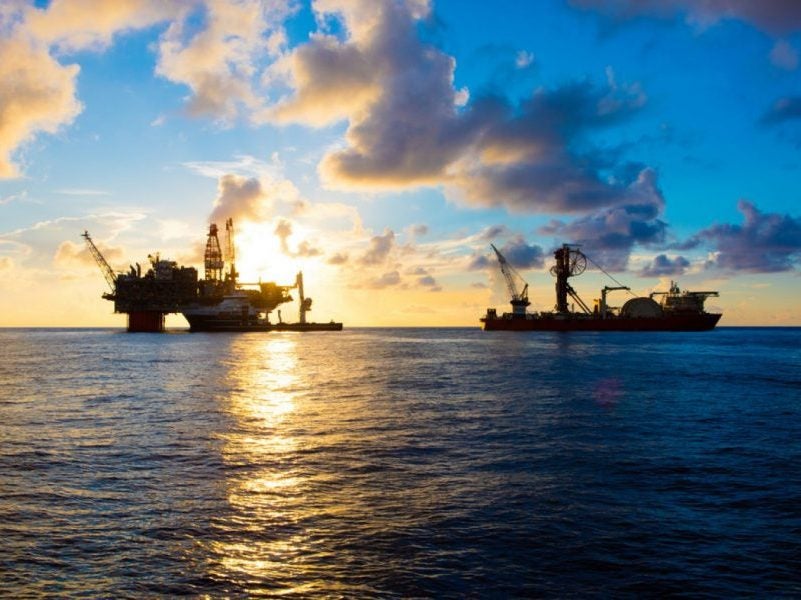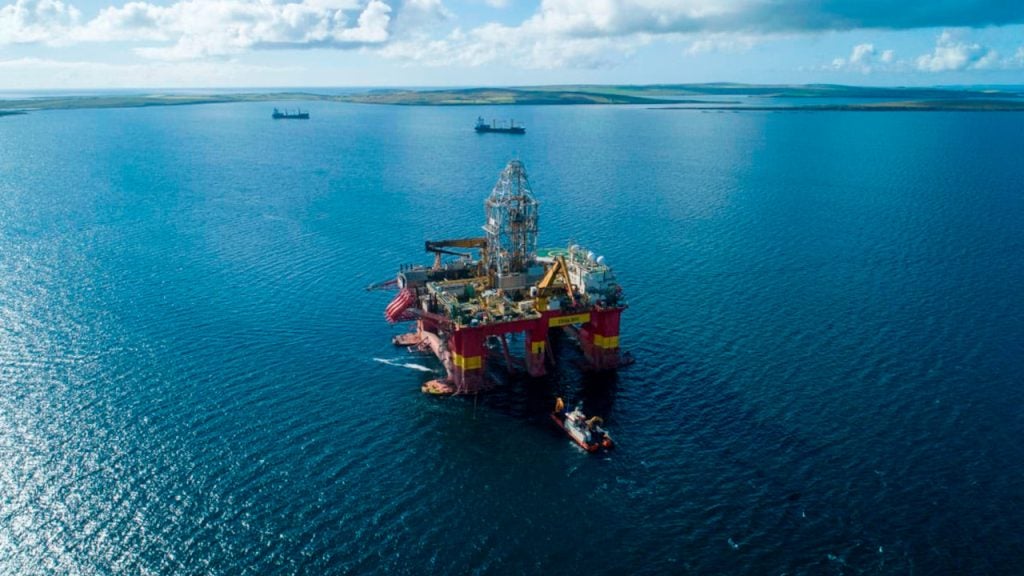The Jansz-Io Field is located within production licences WA-36-L, WA-39-L and WA-40-L, approximately 70km north-west of the Gorgon gas field and 220km off the north-west coast of Western Australia. The average water depth at the field is 1,350m.
The gas field was developed as part of the larger Gorgon Project, which also involves the development of the Gorgon fields offshore, as well as onshore elements including a three-train LNG plant for producing 15.6Mtpa of LNG, a domestic gas plant for supplying 300TJ of gas a day to Western Australia, CO₂ removal and compression facilities, a 4km-long loading jetty and export pipelines.
Drilling activities at the field started in March 2012 and as of January 2015, the well drilling and installation of subsea facilities for the Jansz-Io field were completed. The Jansz-Io field subsea infrastructure was fully complete and the first two wells were opened to the Jansz-Io pipeline by October the same year.
In December 2015, the start-up sequence progressed with the introduction of feed gas into the LNG train, and the first LNG was produced in March 2016. Production at train 3 commenced in March 2017.
The overall investment for the Gorgon Project is estimated to be A$43bn (approximately $36.5bn). The joint venture (JV) partners in the Gorgon Project include Chevron (47.3%, Operator), ExxonMobil (25%), Shell (25%), as well as gas buyers Osaka Gas (1.25%), Tokyo Gas (1.0%) and Chubu Electric Power (0.417%).
Discovery and drilling at Jansz-Io offshore field
The Jansz field was discovered in April 2000 by drilling the Jansz-1 discovery well in the WA-18-R permit area. The Io field was discovered in January 2001 by drilling the Io-1 discovery well in the adjacent permit area WA-25-R.
The Jansz field was further appraised by drilling the Jansz-2, Jansz-3 and Jansz-4 wells in 2002, 2003 and 2009 respectively while the Io discovery was appraised in 2006 by drilling the Io-2 well.
The two gas fields were agreed to be unitised by the Gorgon Project JV in May 2009.
Reserves
The Gorgon and Jansz-Io gas fields are estimated to together hold more than 40 trillion cubic feet (tcf) of gas and are expected to have a production life of at least 40 years. The total production capacity of the fields is estimated to be approximately 2.6 billion cubic feet (bcf) of natural gas and 20,000 barrels of condensate a day.
Jansz-Io field development details
The gas field is being developed in two phases. The first phase involved the development of ten production wells, including the conversion of the existing Jansz-4 appraisal well to a pressure monitoring well and a subsea tieback to the onshore LNG plant. A total of ten big-bore development wells are present at the Jansz-Io Field with 18 subsea trees in both the fields for containment and control of production wells and two manifolds.
The field is supported by an offshore feed gas pipeline system, a monoethylene glycol (MEG) injection pipeline, and an electro-hydraulic control umbilical. A total of six product pipelines and two umbilical casings for the Jansz-Io and Gorgon operations come onshore on the west coast of Barrow Island.
The wells were drilled from two drill centres, drill centre 1 (DC-1) and DC-2, with five wells located at each site. Transocean Deepwater Frontier (DWF), a dynamically positioned (DP) drillship, was employed to execute the drilling activities.
A fast-supply and intervention vessel (FSIV) named FOS Polaris, two other supply vessels and a remote-operated vehicle (ROV) provided offshore support during the drilling phase.
The domestic gas from the gas treatment plant on the east coast of Barrow Island is exported via a 90km-long pipeline, which ties-in to the existing Dampier to Bunbury Natural Gas Pipeline.
Phase two will involve the drilling of five additional wells from the DC-3 drill centre and is expected to be completed in five years following the start of production from the Gorgon fields.
Contractors involved
The front-end engineering and design studies for the project were performed by the JV of J P Kenny and Technip Oceania. The JV is also the engineering, procurement, construction and management (EPCM) contractor for the project.
Aker Solutions was awarded the FEED contract for Subsea Compression System in March 2019.


